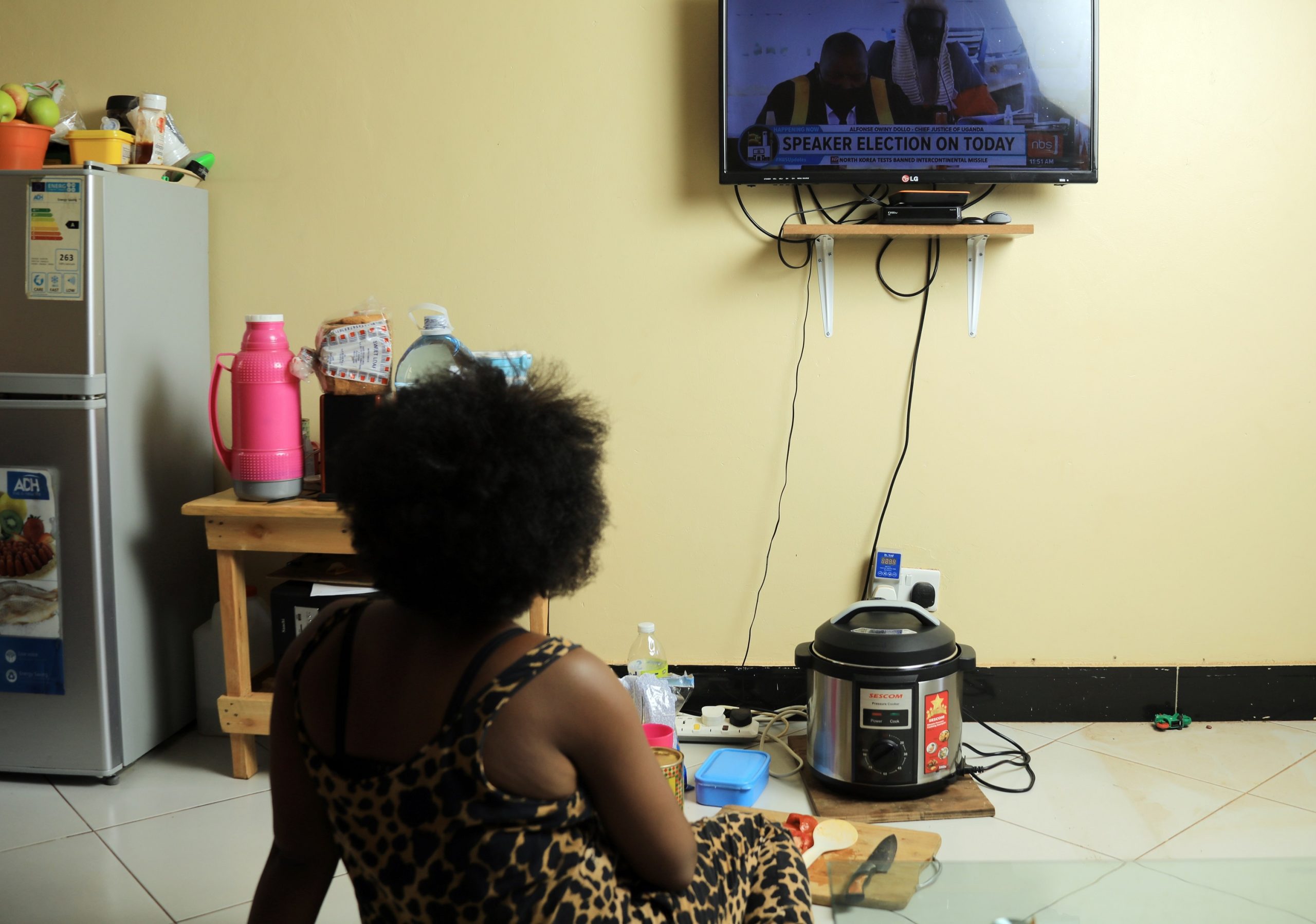
- Date
- 4th November 2024
- Categories
- Electric Cooking, Grid
By Dr Aine Petrulaityte and Alicia Butterfield, MECS Programme
This is part two of a two-part blog series which aims to answer some of the most challenging questions that arise when engaging with colleagues from the African clean energy space.
“Our organisation is all about numbers—we need to implement projects in as many households as possible. I feel like focusing on electric cooking could slow us down since it’s not easy to roll out.“
Electric cooking doesn’t have to slow your organisation down. In fact, it has tremendous potential for scale-up if integrated into energy planning and policy. By focusing on high-efficiency appliances and regions where infrastructure is improving, your organisation can contribute to sustainable and scalable change. In 2024 the World Bank has partnered with the African Development Bank and other partners on Mission 300, an initiative to connect 300 million people to electricity in Sub-Saharan Africa by 2030. Electric cooking technologies can be implemented in tandem with this and other electrification projects (like Rwanda Universal Energy Access Program (RUEAP)), doing so will fulfil the ambition to ‘Leave No One Behind’ and reduce the need for retrofitting energy access provision in the future.
“Is it true that clean cooking is only taking off because of carbon credits?“
Carbon credits are one of many financial instruments designed to help people acquire a clean cooking appliance before they can start saving money by no longer purchasing polluting fuels. Even though carbon credits can scale up clean cooking initiatives by attracting investments, cookstove projects have previously had a tendency for over-crediting by sometimes up to 9 times, causing reputational and legal risks. To accelerate the benefits of the carbon market and create trust for buyers and the cookstove sector, we need more metered methodologies, like the one developed by MECS, which directly monitors stove and fuel use and counters over-crediting by measuring and generating data on actual use. While the carbon market continues to develop, there are various financial mechanisms that can make clean cooking more accessible for low-income users, including subsidies, tax exemptions, micro-finance loans, pay-as-you-go schemes and others.
“Electric cooking is supposed to reduce household air pollution, right? But in rural desert areas, where sandstorms, neighbours burning biomass, and poorly constructed homes are common, how can switching to electric cooking meaningfully improve indoor air quality?“
When used indoors, the traditional three-stone stove releases as many harmful particles as 400 cigarettes every hour, inevitably inhaled by women and children. Biomass-burning-caused household air pollution is ranked as one of the most significant global environmental health risk factors. While households don’t have control over external factors, such as sandstorms, they can still make a positive impact inside their houses. By switching to electric cooking and eliminating the need to burn wood, charcoal, or kerosene, families undoubtedly reduce not only their exposure to harmful pollutants but also their neighbours’. Furthermore, using electricity for cooking means less time spent outside by women collecting firewood, therefore reducing exposure to external polluting factors, such as sandstorms.
“Many people in my country still use a three-stone fire for cooking. Switching straight to electric cooking feels like an impossible task.“
Clean cooking is a pressing and complex issue across Africa: the very first Summit on Clean Cooking in Africa was organised this year to accelerate efforts for change. The transition to electric cooking doesn’t have to be immediate or all-or-nothing. It can happen progressively, starting with households integrating electric cooking for some meals while still using traditional methods for others. Electric Pressure Cookers are often seen as a bridge technology because they require minimal behaviour change. Progression from a three-stone fire to eCooking also doesn’t have to be a linear advancement through increasingly efficient technologies. There is scope to leapfrog, which is why MECS is working in partnership with country governments to raise awareness about the potential adoption of eCooking devices.
“I feel conflicted about promoting electric cooking when most of our electricity comes from fossil fuels. Do you even consider that before promoting the use of electricity?“
Yes, this is a valid concern, but while 74% of Africa’s electricity is generated from fossil fuels, countries like Kenya and Uganda are over 90% powered by renewables. But even with a fossil fuel-based grid, electric cooking is still more environmentally friendly than cooking with biomass. In many cases, the overall emissions from cooking with electricity are lower because fossil fuel power plants operate more efficiently than burning wood or charcoal in an open fire. eCooking makes houses cleaner by improving kitchen emissions and the health of the people and reduces deforestation and the subsequent risk of drought or flood. Furthermore, renewable energy generation in Africa, including wind, solar, hydro, and geothermal, has increased up to 100-fold over the past 20 years and keeps on growing. Transitioning to electric cooking today can prepare the ground for a future where grids are cleaner and more renewable, ensuring long-term sustainability.
***************************************************************************************************************
Featured Image: African woman cooking on an Electric Pressure Cooker. Photo copyright of Centre for Research in Energy and Energy Conservation (CREEC), Uganda, 2022.